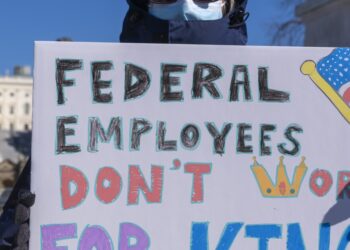Crime is shaping up as a potent election issue, and one of the key points of debate is over bail: Which suspects should be jailed before trial, and which ones should be released on bond — and for how much money?
Some conservatives argue that lenient bail policies put suspects who are likely to commit crimes before their upcoming court hearings, or who might skip bail altogether, back on the street. But some progressives say research does not support that contention. They argue that detaining defendants because they can’t afford financial bonds is unfair, and note that such defendants are disproportionately Black, Latino and low income.
Illinois, New Jersey and New Mexico have moved away from the use of money bonds. But other states, such as Georgia and New York, are moving in the opposite direction, implementing stricter rules. Tennessee is considering a constitutional amendment that would give judges more discretion to deny bail amid concerns about rising crime rates.
Politicians on both sides of the debate often connect bail policy to crime rates. But experts say doing so is problematic, because so much of the crime data that states and cities use is unreliable.
The reality, experts say, is that most crime data is too unreliable to pinpoint specific policies as the sole cause of increasing or decreasing crime rates. The bail system also is oftentimes misunderstood as a form of punishment rather than the process for releasing individuals before trial under certain conditions.
“There’s nothing out there that shows a correlation or a connection of any sort between increasing the rates of pretrial release and the rates of crime,” said Spurgeon Kennedy, vice president of the Crime and Justice Institute, a nonprofit criminal justice research organization. Kennedy previously served as president of the National Association of Pretrial Services Agencies.
These misconceptions about crime can leave voters…
Read the full article here







